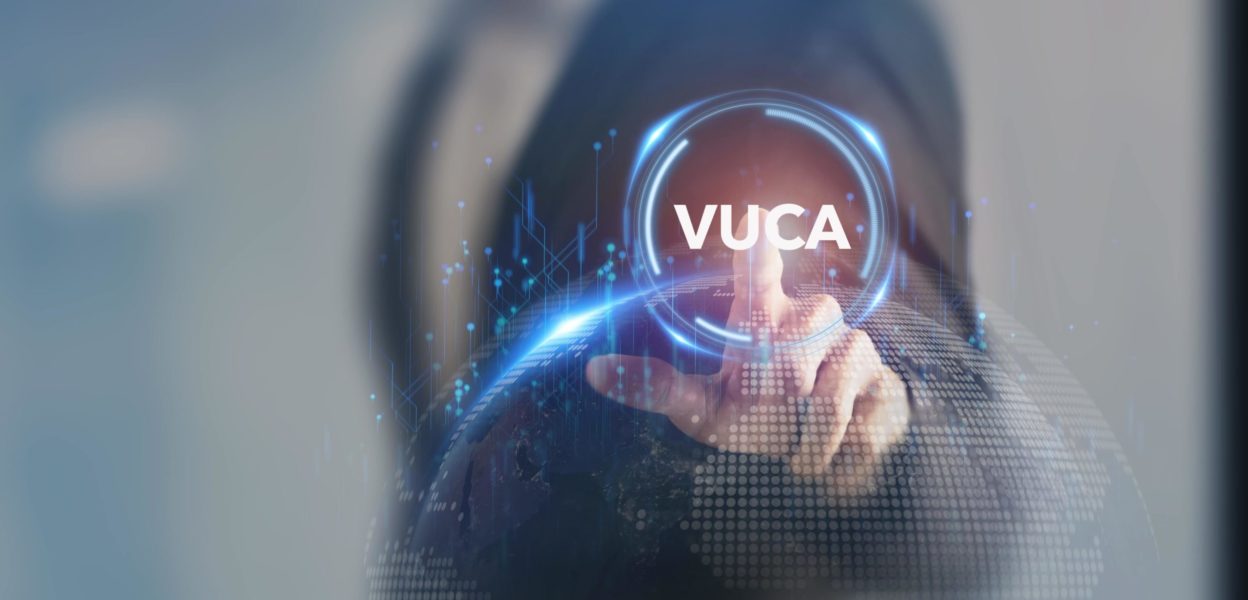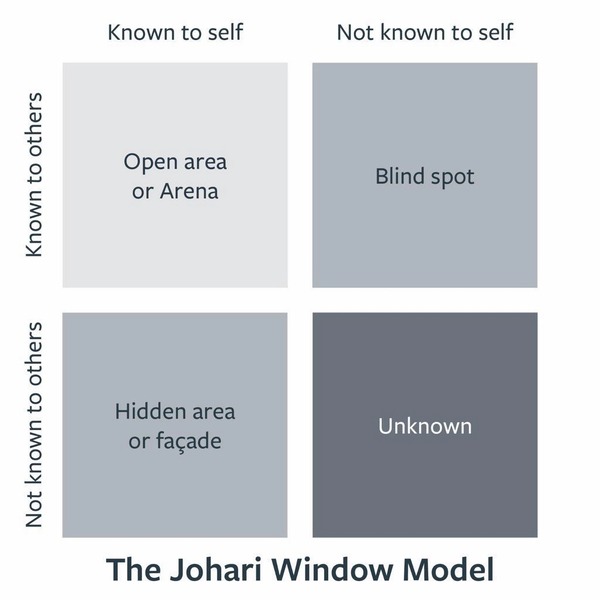- Professional Indemnity Insurance


UK: Become an Antifragile Law Firm
Leading a law firm in these times can feel like running the gauntlet. We’re living in a VUCA world – one defined by volatility, uncertainty, complexity and ambiguity. Foreseeing the consequences of a decision is difficult in this environment, which makes running an organisation especially challenging.
In law firms, lawyers at every level of the organisation must make decisions about their business against the backdrop of double-digit inflation, evolving geopolitical dynamics, hybrid working patterns and legal tech that impacts how the firm manages its work and who is involved. How can firms best survive and thrive in this environment?
It isn’t about being resilient; it’s about becoming antifragile.
Antifragile firms are adaptable and quick to respond. They don’t simply weather challenges but use them to reimagine or extend themselves and gain competitive advantages as a result. They take negative complexities and create positive complexities. As a result, they tap into a formula for growth, longevity and connection with the people they employ and serve.
Are you VUCA-ready?
Sunnie Giles, the author of The New Science of Radical Innovation and a speaker on VUCA leadership, says few organisations are prepared to operate at this level of complexity. Still, they can take several actions to begin the work:
- Transition from hierarchy to self-organisation. This pushes decision-making to the edges of the organisation, where information is freshest and most salient. It requires trusting the people you have hired to make decisions for the benefit of the organisation.
- Empower employees to make decisions by making communication frictionless. Conduct weekly
- all-hands meetings so employees receive information directly.
- Accelerate the speed of interactions. In the VUCA age, speed matters more than perfection.
- Use simple rules to make quick decisions, rather than perfect analyses.
Communication, self-awareness, personal development and trust are at the heart of these actions, so firms must identify ways to maximise the effectiveness of their interpersonal interactions and minimise the blind spots that can impede it. American psychologists, Joseph Luft and Harry Ingham, developed the Johari window model in 1955 to enhance communication among people in a group – and it’s still relevant today. Each quadrant in the window (see the diagram below) represents personal information, feelings and motivation, and the degree to which that information is known or unknown to the person or others.

The top-left quadrant is the main area where communication happens. The larger it becomes, the more effective communication will be. Firms can make the area larger (decreasing the blind spot horizontally) by understanding and listening to feedback from another person and implementing changes in response.
The quadrant can also expand vertically if a person reveals their feelings to others, thereby reducing the parts of themselves that are known by them but not others, as well as the things they don’t even know they don’t know – “unknown unknowns,” in the parlance of US Secretary of Defense Donald Rumsfeld.
Law firms can make these changes in their daily operations by involving a more diverse variety of people and viewpoints in horizon-scanning, as well as by breaking down organisational silos to expedite decision-making. This may also help firms deliver more holistic, customer-focused services, expanding beyond legal services.
By going through this exercise, law firms will more quickly get a sense of who they are and what they want to become, while building their strength and agility. Much like an athlete sets out to build muscle in preparation for a match with a difficult opponent, firms that practice these methods of interaction are that much more prepared to meet the next challenge.
Paul Smith is a Senior Risk Management Consultant at Travelers Europe.
The information provided in this document is for general information purposes only. It does not constitute legal or professional advice nor a recommendation to any individual or business of any product or service. Insurance coverage is governed by the actual terms and conditions of insurance as set out in the policy documentation and not by any of the information in this document. Travelers operates through several underwriting entities through the UK and across Europe. Please consult your policy documentation or visit Travelers online in the UK or Ireland or for full information.
Sources
https://www.peterfisk.com/2020/04/antifragile-things-that-gain-from-disorder-making-sense-of-uncertainty-and-relentless-change/#:~:text=Here’s%20one%3A%20When%20Hercules%20fights,consists%20of%20many%20fragile%20parts
https://www.linkedin.com/pulse/antifragility-law-bookatz-consulting/?trk=organization-update-content_share-article
Nassim Nicholas Taleb, Antifragile: Things that gain from disorder, 2012
Joseph Luft and Harrington Ingham, The Johari Window as a graphic model of interpersonal awareness, 1955
The Knowledge Newsletter
Subscribe to The Knowledge for a no-nonsense view into the latest research and trends before it makes its way to our blog.
We will only use your email address to send you this newsletter. You can unsubscribe at any time. Privacy Policy













